植物激素茉莉酸对三氯生胁迫下莱茵衣藻的解毒代谢的影响毕业论文
2020-07-07 21:55:43
摘 要
三氯生是一种广谱抗菌剂,广泛应用于日用品及卫生产品中,随生活污水被大量排放到水环境中,因而在污水厂、地下水、地表水中都可被检出并对动植物产生毒性作用,进一步通过食物链威胁人类健康。因此,研究如何绿色高效降解水环境中的三氯生具有重大意义。藻类是重要的初级生产者和分解者,常用于修复水体污染,而自身也会受到污染物影响而抑制其生长,导致修复能力下降。因此,研究如何提高藻类自身降解能力为绿色修复能力途径的保障。
茉莉酸是一种植物激素,能直接或间接的作用于植物的生长和次生代谢,从而提高植物的抗逆性。基于此,本课题研究茉莉酸作用下莱茵衣藻对三氯生环境中的的解毒代谢的影响及其机制。实验设置空白对照组(CK)、仅茉莉酸处理组(JA)、仅三氯生处理组(TCS)、三氯生和茉莉酸处理组(TCS JA),研究结果如下:
(1)与TCS处理组相比,TCS JA处理组莱茵衣藻长势良好,且细胞内谷胱甘肽-S转移酶、多酚氧化酶、过氧化物酶的酶活力显著降低。表明茉莉酸能够缓解三氯生对莱茵衣藻的胁迫,从而降低了抗氧化酶的活性,宏观表现为生长恢复。
(2)进一步从化学角度对不同处理的藻细胞内及其培养基内的三氯生富集和残留量进行分析比较。结果发现,与TCS处理组相比,TCS JA组藻细胞内三氯生积累量显著降低,而培养基内三氯生含量没有明显差异。可见茉莉酸是通过提高藻细胞对三氯生的代谢缓解了细胞毒性。
(3)通过高分辨液质联用仪对比分析TCS和TCS JA处理组中藻细胞及其培养液三氯生代谢产物,鉴定了5个藻代谢的缀合物以及4个培养基中的降解产物。部分代谢物是首次在植物中被报道,并推断了茉莉酸作用下三氯生的代谢途径。
关键词:茉莉酸 解毒 三氯生积累量 代谢产物
Effect of Jasmonate on the Detoxification Metabolism of Triclosan in Chlamydomonas reinhardtii Stress
Abstract
Triclosan is a broad-spectrum antibacterial agent which is widely used in daily necessities and hygiene products ,and with the sewage discharged into the water environment. Therefore, it can be detected in wastewater, groundwater, and surface water.It will produce toxic effects on animals and plants and further threatens human health through the food chain. Therefore, it is of great significance to study how to effectively degrade triclosan in green environment. Algae are important primary producers and decomposers, and are often used to repair water pollution. The self will also be affected by the pollutants to inhibit their growth, resulting in reduced ability to repair. Therefore, how to improve the ability of algae self-degradation to protect the green remediation capacity is studied.
Jasmonic acid is a plant hormone that directly or indirectly acts on the growth and secondary metabolism of plants, thereby enhancing the plant's resistance to stress. Based on this, this study investigated the effect of jasmonate on the detoxification metabolism of Chlamydomonas in triclosan environment and its mechanism.The experimental group was set as blank control group (CK), only JA treatment group (JA), triclosan treatment group only (TCS), triclosan and jasmonic acid treatment group (TCS JA).The results of the study are as follows:
- Compared with the TCS treatment group, C. reinhardtii grew well in the TCS JA treatment group, and the enzyme activities of intracellular glutathione-S transferase, polyphenol oxidase, and peroxidase significantly decreased.It indicates that jasmonic acid can relieve the stress of triclosan against Chlamydomonas reinhardtii, thus reducing the activity of antioxidant enzymes, and the macroscopical performance is growth recovery.
- Further analysis and comparison of triclosan enrichment and residues in different treated algal cells and their culture medium from a chemical perspective. The results shows that compared with the TCS treatment group, the accumulation of triclosan in the TCS JA group significantly decreased, but there was no significant difference in the triclosan content in the medium.Jasmonic acid is seen to relieve cytotoxicity by increasing the metabolism of triclosan by the algae cells.
- High-resolution LC/MS was used to compare TCS and TCS JA treatment groups for algal cells and their triclosan metabolites. The six conjugates for algal metabolism and degradation products in four media were identified. Some metabolites were first reported in plants.The metabolic pathway of triclosan under the action of jasmonate has been inferred.
Key words: Methyl jasmonate; Detoxification; Triclosan; Accumulation; Metabolites
目 录
摘要 I
Abstract II
第一章 文献综述 1
1.1 三氯生概况 1
1.1.1三氯生理化性质 1
1.1.2三氯生的环境危害 1
1.1.3当前环境中三氯生的修复方法概述 1
1.2莱茵衣藻概况 2
1.2.1莱茵衣藻的生理特点 2
1.2.2莱茵衣藻在环境修复中的应用 2
1.3茉莉酸概况 3
1.3.1茉莉酸理化性质 3
1.3.2茉莉酸在植物抗逆性的研究进展 3
1.4 研究目的 4
第二章 实验材料及方法 5
2.1材料及化学试剂 5
2.2实验仪器 5
2.3莱茵衣藻的培养 6
2.3.1液体培养基的配制 6
2.3.2莱茵衣藻的培养 7
2.3.3莱茵衣藻的传代和保存 7
2.4实验方法 8
2.4.1三氯生溶液的配制 8
2.4.2茉莉酸溶液的配制 8
2.4.3实验组设置 8
2.4.4粗酶液的提取 8
2.4.5酶活力的测定 9
2.4.6莱茵衣藻体内三氯生积累量的测定 9
2.4.7莱茵衣藻体内三氯生代谢产物的分析 10
2.4.8数据处理 10
第三章 结果与分析 11
3.1茉莉酸对三氯生胁迫下莱茵衣藻的生长影响 11
3.2不同实验处理组的藻细胞形态 11
3.3 POD酶活力 13
3.4 GST酶活力 14
3.5 PPO酶活力 15
3.6茉莉酸对莱茵衣藻体内三氯生积累量的影响 16
3.7实验组三氯生代谢产物的分析 17
第四章 全文总结 22
参考文献 23
第一章 文献综述
1.1 三氯生概况
1.1.1 三氯生理化性质
三氯生是一种高纯度白色结晶性粉末并微具芳香气味;易溶于有机溶剂而微溶于水,工业上常利用表面活性剂或有机溶剂制备浓缩的三氯生产品,该产品贮存稳定性良好;三氯生在290℃以上分解;或通过长时间紫外光照射缓慢分解。在酸、碱环境中也具有良好的稳定性。
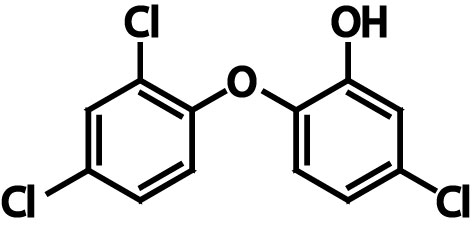
图1-1 三氯生的分子结构式
1.1.2 三氯生的环境危害
三氯生(Triclosan,TCS)作为一种广谱抗菌剂,而被广泛应用于个人护理产品(如牙膏、化妆品)、医疗用品(如牙科类耗材、医用杀菌剂等)、日用消费类产品(如纤维织品)以及家居清洁用品等[1]。TCS的大量应用使其在各种环境介质中广泛存在,其主要通过污水厂出水排放进入水体,最终进入到地表水、土壤和地下水中。
大量研究表明,三氯生对生物具有急慢性毒性效应和生理生态毒性,如水生生物的急性毒性效应、细胞毒性效应、酶和基因毒性、内分泌干扰性和神经系统毒性等[1]。随着近些年TCS在我国水体的暴露趋势逐渐上升,环境中的三氯生显示出较高的生态风险[2]。
1.1.3 当前环境中三氯生的修复方法概述
李青松等人[3]研究了高铁酸钾氧化对水中三氯生的去除效果,讨论了去除过程中高铁酸钾投加量和TCS浓度的关系,并且得出在去除过程中生成的中间产物(2,4-二氯苯酚)并不能同步被去除的结论。
相关图片展示:
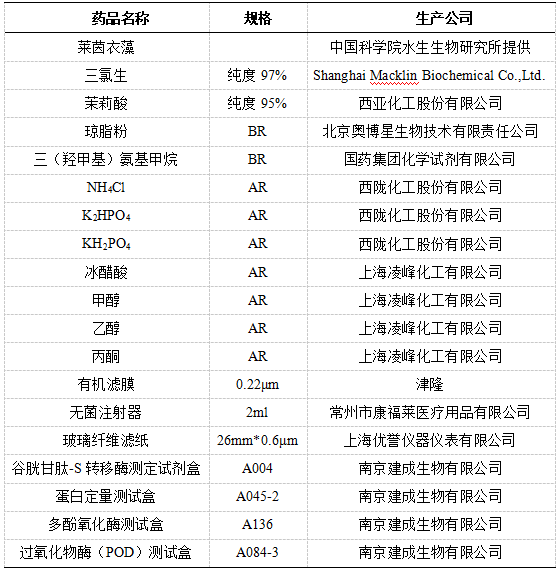
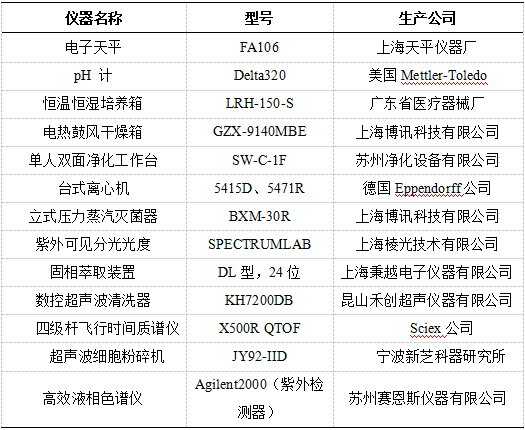
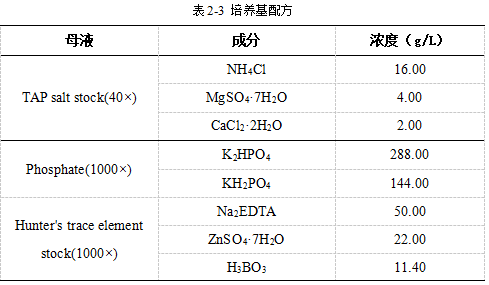
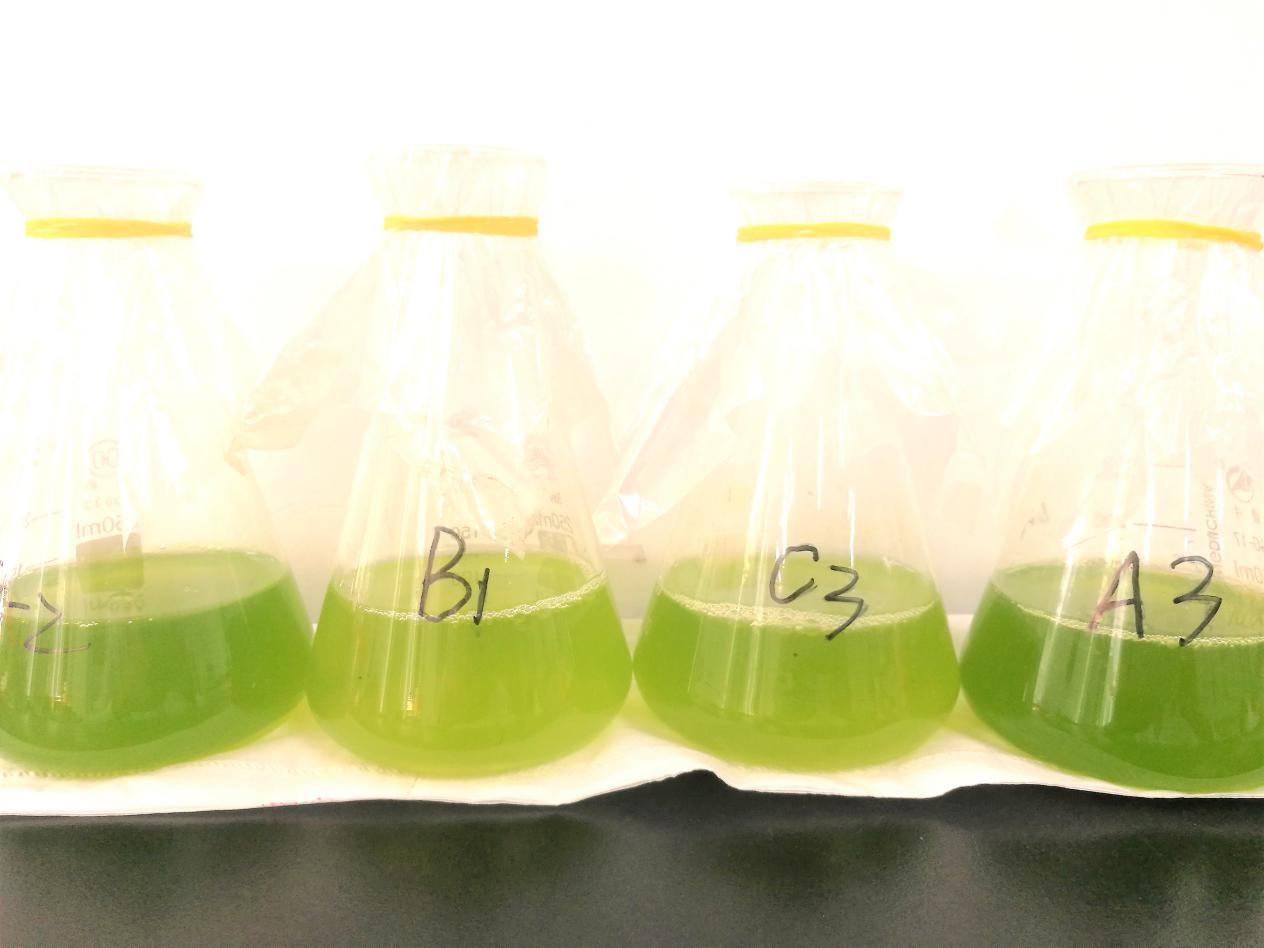
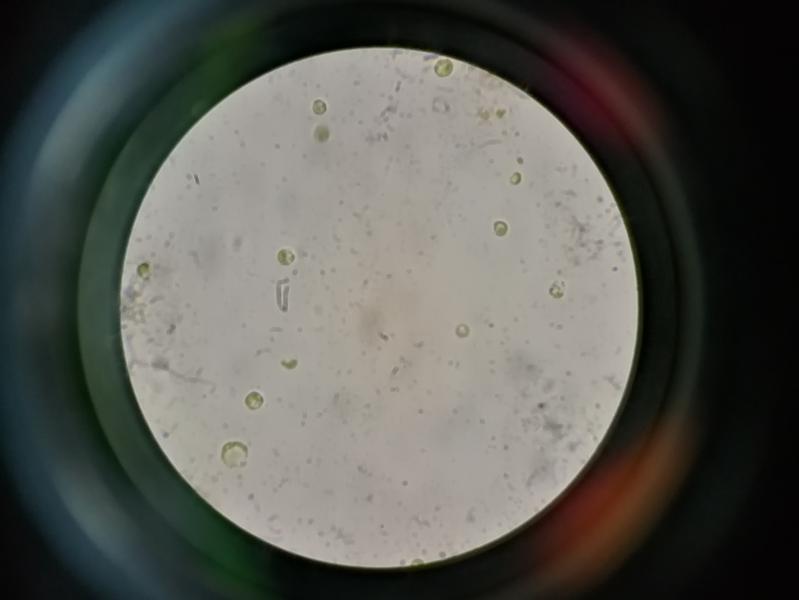
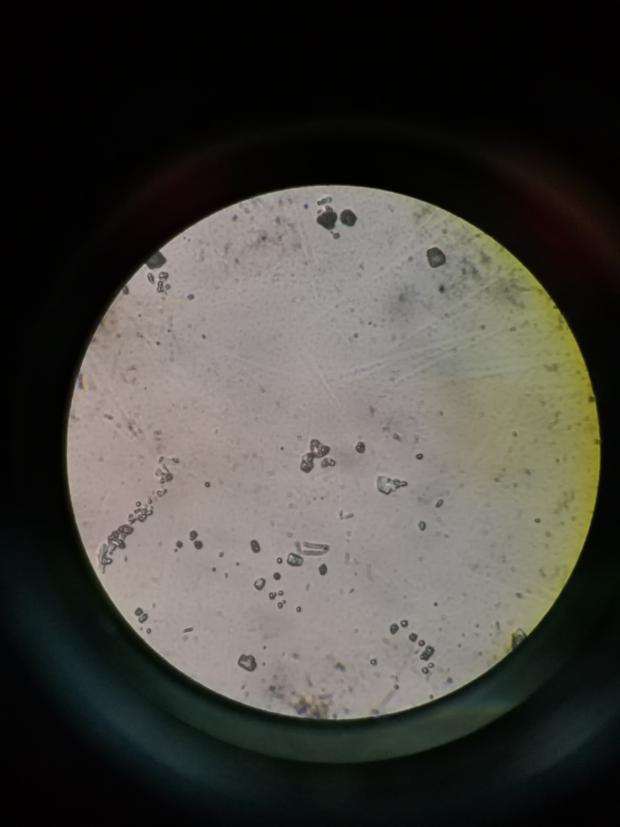
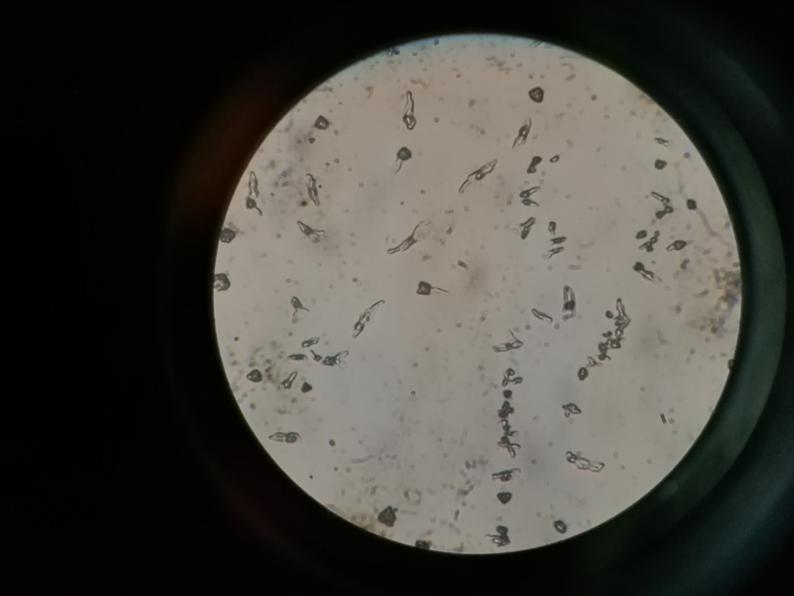
课题毕业论文、开题报告、任务书、外文翻译、程序设计、图纸设计等资料可联系客服协助查找。



